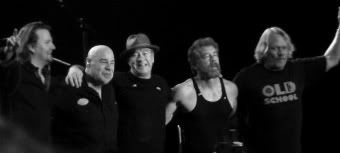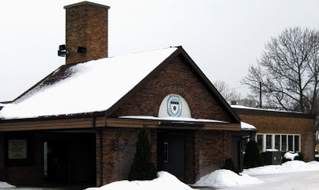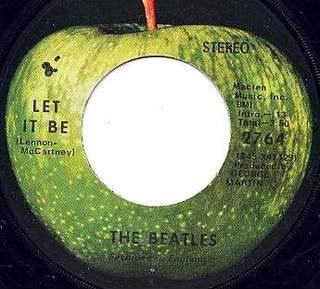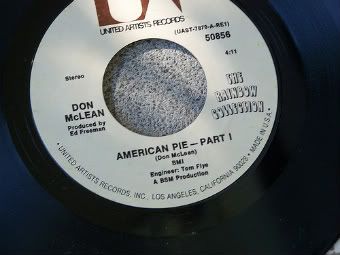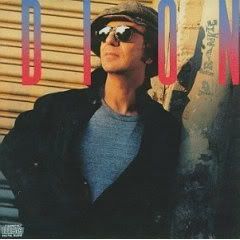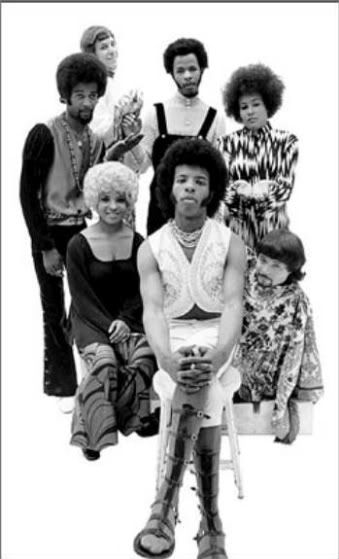
Sly and the Family Stone performed at Woodstock
and were a top concert draw.
By STEVE SEYMOUR
Just before my cousin Paul Marenger's band, None of a Kind, started a recent gig, bassist Brian Seppala asked me who I saw at my first big rock concert.
He had to head for the stage before I could tell him about seeing Sly and the Family Stone, one of the era's biggest bands, at Michigan State University (MSU) circa 1970.
The show in East Lansing was memorable because Sly played much of his Woodstock setlist, but he arrived hours late, annoying the crowd.
Unusual for the time, Sly and the Family Stone was racially integrated and included men and women. The band was comprised of Greg Errico, drums; Larry Graham, bass; Jerry Martini, sax; Cynthia Robinson, trumpet; Freddie Stone, guitar, vocals; Rosie Stone, keyboards; and Sly Stone, vocals, keyboards, guitar.
Born Sylvester Stewart, Sly produced Bobby Freeman, the Mojo Men and Beau Brummels early in his career.
By late 1966, the singer/songwriter formed Sly and the Family Stone in San Francisco. The band's first hit was "Dance to the Music," a piece of psychedelic soul which climbed into the Top Ten in the spring of 1968. They returned the following year with "Everyday People," which took over the top spot on Feb. 15.
Next, the band sealed its counter-culture reputation with a double-sided hit: "Stand!"/"I Want to Take You Higher." The latter song would be one of the standout tracks during Sly and the Family Stone's performance at the legendary Woodstock Music Festival, held Aug. 15-18, 1969.
The subsequent Woodstock soundtrack album and movie were firmly on my mind when I decided to make the 400 mile trek downstate to catch Sly in person during his show at Jenison Field House, also home to the Spartans basketball team. 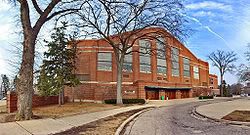
Jenison Field House
I attended the highly-anticipated concert with my then girlfriend, a student at MSU. We walked through Jenison's monumental entrance, where police were very evident, and took our seats along with about 10,000 other people.
The audience was ethnically diverse and I remember a heavy security presence inside the building as well.
Everyone was ready for the show which we expected to include some of the greatest songs in the funk/soul catalog. Sly, on the other hand, was making a habit of showing up late for his performances.
As the delay became apparent, sporadic announcements were made from the stage alerting us to Sly's whereabouts. First, the audience was told that Sly was in the building, but wasn't ready to go on stage. Later updates indicting that Sly's plane had yet to land, drew boos from the crowd.
I don't recall an opening act, but if there was one they must have had a tough time keeping the attention of this packed venue, eager to see the headliners.
Finally, after an interminable wait of two and one-half or three hours, Sly and the Family Stone took the stage before a restless and increasingly rowdy audience. The delay preceded the exchange of obscenities between the stage and audience, despite the fact Sly couldn't have been more popular on campus. He was a staple on radio playlists and turntables.
Sly was dressed in a resplendent costume and obviously stoned. But, so were many concert-goers, who were smoking marijuana openly.
Determining a setlist for this show nearly four decades later may be impossible. I didn't keep my ticket stub, so I don't know the date of this performance. I contacted several experts on Sly, including San Francisco music critic Joel Selvin and author Eddie Santiago, but they weren't able to help me pin down the date, either.
Sly's musical background and growing political agenda became well-known among the nation's young people when he was profiled in a cover story in Rolling Stone #54, dated March 19, 1970.
In November, 1970, Epic Records saw fit to release a 12-track "Greatest Hits" package to satisfy demand for product since Sly wasn't forthcoming with new material. The long-player contained a multitude of Sly originals, many of which the band performed that day.
I remember some concert highlights, including "Hot Fun in the Summertime," a perfect party song from the summer of 1969; "Thank You (Falettinme Be Mice Elf Agin)," a chart-topper from early 1970; and that 45's flip, "Everybody Is a Star." Those songs had fans up and dancing.
The audience also participated in "I Want to Take You Higher," which charted 1969 and again in 1970. "Boom shaka-laka-laka, higher," the crowd responded to the song's chorus. "Higher!"
While Sly and the Family Stone put on one of their greatest performances at Woodstock, their stage show had deteriorated significantly by the time they played at MSU, due at least in part to excessive drug use by their flamboyant leader.
With the late start, I believe the group probably presented an abbreviated program.
Upon leaving the venue, some fans were grumbling, while others had a more lenient view of the evening's events.
Despite Sly's flagging interest in performing live, he wasn't finished creatively. In late 1971, he released his final masterpiece, an album entitled "There's a Riot Goin' On," which featured "Family Affair," another No. 1 hit.
Following a dispute with Sly in 1972, Graham founded his own band, Graham Central Station. The bassist has been widely recognized with creating the "slap" bass technique, an important component in funk music.
As the 1970s progressed, Sly's career declined. He has been a reclusive figure for decades. Sly and the Family Stone were inducted into the Rock and Roll Hall of Fame in 1993.
I hadn't given a thought to my first big rock concert in years. As one of the greatest rock acts of the time, Sly and the Family Stone may not have lived up to my expectations as performers, but the circumstances surrounding this show certainly make it a noteworthy event.


